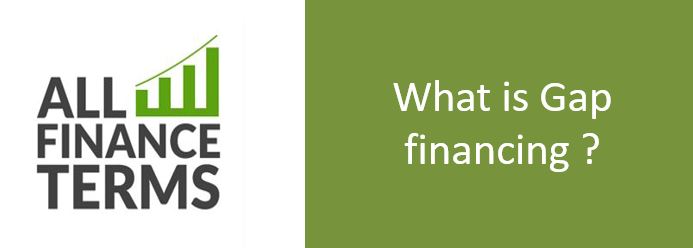Definition of Gap financing
Gap financing is generally a term used for short term or interim loan needed to run business operations or fill the gap between minimum capital required for a business and availability of it.
When starting a business capital is required to run it. The lending institutions or banks always has a minimum percentage for lending because of the low security provided by the borrower or not having enough down payment this finance gap which is required to run a business
This gap can be filled by capital is injection in the form of equity which means lending money from shareholders or investors or by reducing the size of operations or productions.
Gap financing
Normally it is the working capital that can be filled by this type of financing. Gap financing is also called Bridge Loan. It is kind of finance companies require during their set up or start of the business because of the unsure operating expense required.
Advantages of Gap Financing:
- Bridge loans are normally for shorter period and hence can be arranged quicker than traditional loans.
- If you do not want partnership and profit sharing this is one of the best way to gap the finance.
- If a person wants to purchase property and have regular but low income stream he can still buy it and repay the loan on intervals.
Disadvantage of Gap Financing:
- Because it is a short term loan means that repayment of loans need to be done quicker. It means no relaxation for the borrower and arrangement needs to be faster. Hence it’s biggest benefit becomes one of its disadvantage as well.
- If the borrower does not have a regular and permanent stream of cash inflow, then repayment becomes difficult.
- If the loan is not paid on committed time then interest is applied.


